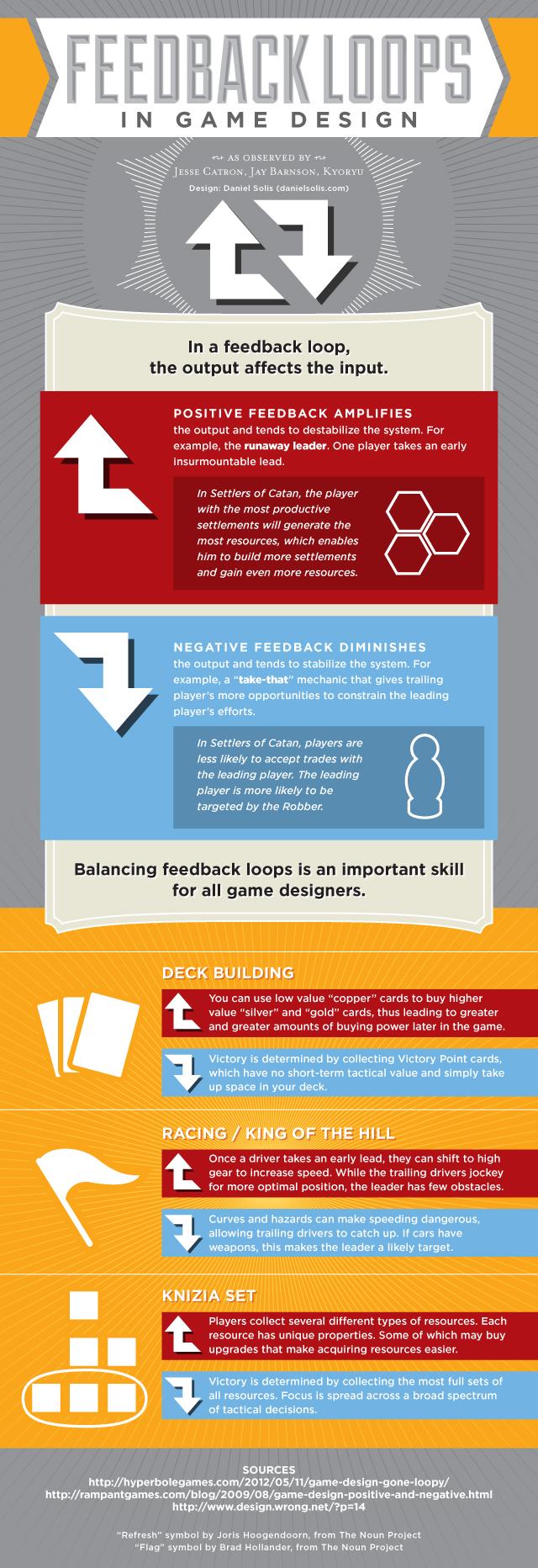How to Get Feedback on Your Game Project: A Complete Guide
Creating a game is an exciting journey filled with creativity, coding, and countless design decisions. But no game is perfect from the start, and honest, constructive feedback can be the key to transforming your project into a standout success. Whether you’re developing an indie title, a mobile game, or a AAA concept, learning how to get feedback on your game project is essential for growth and quality improvement.
Why Getting Feedback on Your Game Project Matters
Feedback is more than just praise or criticism – it’s a vital tool that can help you:
- Identify bugs and technical issues that you might have missed after working closely with the project.
- Discover gameplay balance problems to ensure your game feels fair and fun.
- Validate user experience so your controls, UI, and tutorials are intuitive.
- Refine your game’s story and art direction with fresh perspectives.
- Understand the preferences of your target audience and tailor the game accordingly.
Top Methods to Get Feedback on Your Game Project
Different stages of development call for different types of feedback. Here are proven strategies to gather useful insights from players, experts, and fellow developers.
1. Playtesting Groups and Sessions
Playtesting is fundamental. It involves inviting players to try your game in controlled environments or remotely. You can:
- Host local playtest sessions with friends, family, or community groups.
- Conduct remote playtests through platforms like Discord, Steam Remote Play, or PlaytestCloud.
- Record play sessions and observe player behavior to spot pain points or confusion.
2. Game Development Forums and Communities
Tap into passionate gamer and developer communities to get feedback:
- Reddit r/gamedev
- itch.io Community Forums
- GameBanana
- Specialized Discord groups dedicated to game dev and testing.
3. Beta Testing and Early Access
Launching a beta or early access version helps you reach a broader audience willing to offer structured feedback. Platforms like Steam Early Access, Xbox Insider, or Google Play Beta Testing make this easier.
4. Surveys and Questionnaires
Collect targeted responses with surveys using tools like Google Forms or SurveyMonkey. Ask specific questions about gameplay, controls, story, or enjoyment to get quantitative and qualitative data.
5. Expert Critiques and Mentorship
Seeking feedback from experienced game developers, designers, or industry mentors can provide advanced insights and professional advice that players might overlook.
Practical Tips for Getting Constructive Feedback
Gathering feedback effectively requires strategy. Avoid vague critiques and maximize usefulness by applying these tactics:
- Prepare clear goals: Specify what areas need feedback (game mechanics, UI, story, difficulty).
- Ask open-ended questions: Encourage detailed responses rather than simple yes/no answers.
- Provide context: Explain your game’s vision, genre, and target audience to guide feedback providers.
- Be open-minded: Accept criticism graciously, separating emotions from valuable improvement points.
- Reward testers: Offer incentives such as in-game credits, early access, or shout-outs to motivate participation.
- Iterate rapidly: Act on feedback and show progress. This encourages continued support from your community.
Comparison of Feedback Methods
| Method | Best For | Pros | Cons |
|---|---|---|---|
| Playtesting Groups | Gameplay mechanics, bugs | Hands-on testing, immediate observations | Limited audience size, scheduling required |
| Online Communities | General feedback, ideas | Wide reach, diverse perspectives | Feedback can be inconsistent or unfocused |
| Beta Testing | Real-world testing, scalability | Large sample size, real play environments | Hard to control feedback quality |
| Surveys | Specific questions, measurable data | Easy to analyze, cost-effective | Depends on participant honesty, lacks depth |
| Expert Mentors | Design critique, professional advice | High-quality insights, industry knowledge | Can be costly or hard to access |
Case Study: Improving a Puzzle Game Through Community Feedback
When indie developer Sara launched an early demo of her puzzle game, she gathered feedback through Reddit r/gamedev and Steam Early Access. Players frequently reported that some puzzles were “too cryptic,” causing frustration. By analyzing these comments and running follow-up surveys, she identified problematic levels and introduced subtle hints without diluting challenge.
The result? A 35% increase in player retention and enthusiastic community reviews praising the game’s balance and polish. Sara’s experience highlights the importance of consistent feedback loops to refine gameplay.
First-Hand Experience: Lessons Learned from Feedback
As a game developer myself, I’ve learned that no feedback is wasted-even criticism that feels tough at first can be a golden opportunity to improve your project. Keeping an open mind and creating multiple channels for feedback ensures you get a well-rounded picture of your game’s strengths and weaknesses.
For example, an early closed beta for my platformer revealed that many players struggled with checkpoint placement. Adjusting those design elements early saved countless hours of frustration later in production.
Conclusion: Embrace Feedback to Elevate Your Game Project
Getting insightful, actionable feedback on your game project is the cornerstone of successful game development. It helps uncover unseen bugs, refines gameplay, and aligns your creation with player expectations. By leveraging playtesting, online communities, beta programs, surveys, and expert advice-and by approaching feedback with an open mindset-you’ll transform your game into a polished, engaging experience that players love.
Remember, great games aren’t born-they’re shaped through continuous improvement and collaboration. So start gathering feedback today, adapt smartly, and watch your game project reach new heights!











